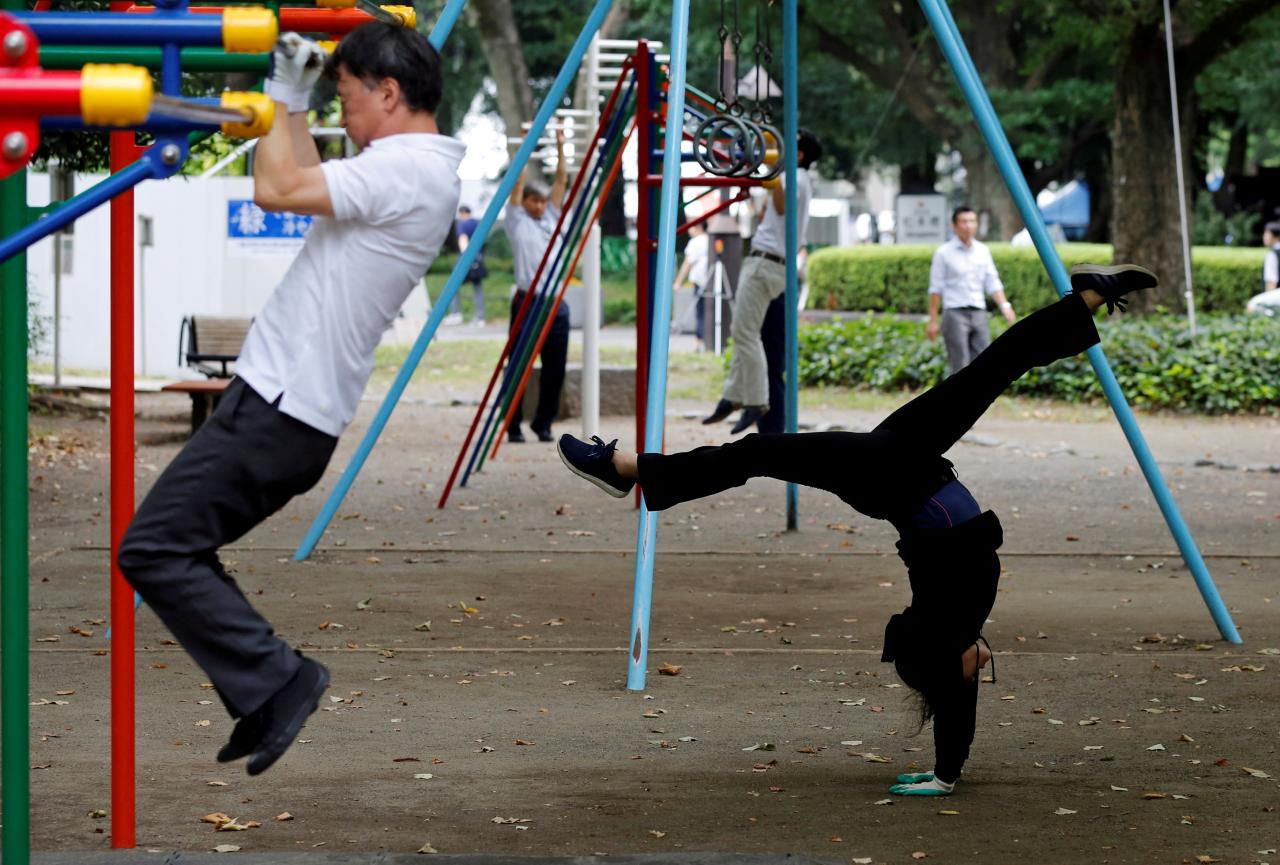(Reuters Health) – The more people understand about the benefits of exercise, the more time they’re likely to spend being physically active, an Australian study suggests.
Researchers at Central Queensland University surveyed 615 people to explore their knowledge of the benefits of physical activity and the risks of inactivity. The survey also included questions to measure time spent in walking activity, moderate intensity activity (e.g., gentle swimming) and vigorous intensity activity (e.g., cycling).
Writing in PLoS One, senior author Stephanie Schoeppe and colleagues say regular physical activity “reduces the risk of all-cause mortality by 30 percent, reduces the risk of developing major chronic diseases such as cardiovascular disease by 35 percent, type 2 diabetes by 42 percent, (and) colon cancer by 30 percent.”
Furthermore, they write, “Regular physical activity also “increases life expectancy . . . (and) improves general physical health and well-being.”
And indeed, nearly all of those surveyed agreed physical activity is good for health.
On average, however, participants could identify only 14 out of 22 diseases associated with physical inactivity.
And the majority were unable to accurately estimate the increased risk of disease resulting from inactivity.
More than half did not know how much physical activity is recommended for health benefits. (Similar to U.S. guidelines, guidelines in Australia advise adults ages 18 to 64 to engage in at least 150 minutes of moderate intensity or 75 minutes of vigorous intensity physical activity per week.)
Participants were significantly more active when they correctly identified more diseases associated with physical inactivity, the researchers found.
Given the knowledge gaps revealed by their survey, they say, health promotion initiatives should aim to raise awareness of the types of diseases associated with inactivity.
One limitation the authors flagged was that about three quarters of the survey’s respondents were women, so it is unclear whether the results will be applicable to men. Further, the study participants were not representative of the Australian population as a whole.
“A large proportion of Australian adults are insufficiently active,” Schoeppe noted in an email to Reuters Health.
“For those people,” she said, “the messages, ‘any physical activity is better than none’ and ‘doing more physical activity improves health’ are useful.”
Ada Tang, a physical therapist and associate professor at McMaster University, who was not involved in the study, told Reuters Health by email that even if people appreciate the potential risks associated with being physically inactive, they wouldn’t necessarily feel any immediate urgency to act on it.
“The risk of developing heart disease might seem too far in the distant future to drive a person to change their behavior,” she said.
Tang believes initiatives must go beyond improved public relations efforts.
“It is important for us to find ways for people to participate in physical activity more often and more easily,” she said.
“When physical activity becomes more of a habit, it’s not seen as something that is an added burden to their very busy lives.”

